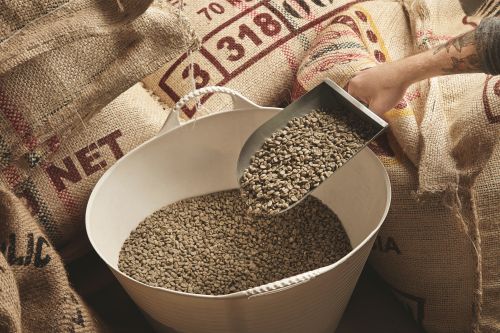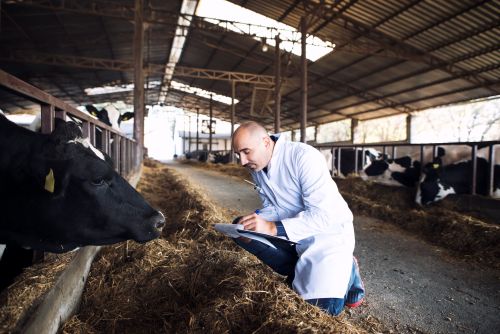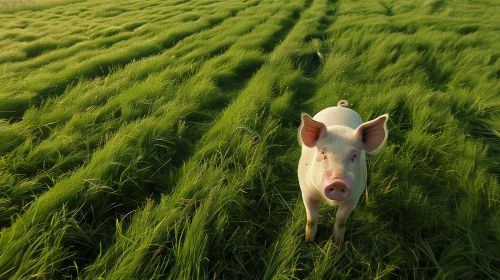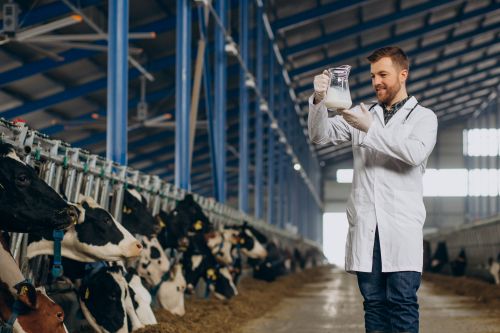780

Researchers Develop Gel-Based Device That Recovers Water Vapor and Boosts Crop Yields by 120%
Source: High-Efficiency Atmospheric Water Harvesting and Irrigation Recycling in Greenhouse Using Hygroscopic Composite Gels; Photo: Freepik
According to AgTech, researchers have developed a new device that recycles water vapor using advanced gel technology, saving nearly 79% of water and increasing crop yields by 120%.
An International Collaboration
The project was a joint effort between scientists from Shanghai Jiao Tong University (SJTU) and the National University of Singapore (NUS).
The Side Window Recycler (SWR) captures water vapor escaping through the side windows of greenhouses. It operates using LHPE, a synthetically engineered superabsorbent hydrogel with a water absorption capacity of up to 4.06 grams of water per gram of sorbent. LHPE also rapidly releases the absorbed water when heated.
Thanks to these material properties, the SWR can harvest water vapor from greenhouse ventilation and convert it into irrigation water.
“This device is specifically designed for greenhouse production, targeting the plant growing zones by adsorbing water vapor during ventilation and subsequently releasing water for supplementary irrigation once ventilation stops,” the researchers explained.
“This study lays the groundwork for future innovations in greenhouse water management, offering a sustainable path to increase agricultural productivity while conserving vital water resources.”
Significant Water Recovery and Plant Growth
The SWR was integrated into a greenhouse setup, and experiments were carried out in a controlled plant growth environment equipped with LED lighting.
Lettuce was chosen as the model crop and underwent two weeks of nursery growth followed by two weeks of testing for water recovery and plant development.
During a seven-day period of daily irrigation with 200 ml, the SWR recovered an average of 157.6 ml per day, achieving a water recovery efficiency of 78.78%.
“This high recovery rate underscores the potential of the SWR as an effective solution for water conservation in greenhouse applications, reducing water demand by nearly 80% while ensuring continuous irrigation support,” the researchers noted.
The study also assessed the impact of this technology on plant growth.
After 14 days, the experimental and control greenhouse crops were photographed and evaluated for growth, yield, and quality. The experimental plants had significantly more, longer, and wider leaves.
Moreover, the fresh weight of the above-ground plant parts was up to 120% greater than that of the control group.
Improved Growth Across the Board
Overall, the experimental group exhibited substantially better growth compared to the control, the team concluded.
“Throughout the entire planting stage, the SWR contributed significantly in multiple aspects, including regulating temperature and humidity, efficiently recovering water, and enhancing plant quality and yield.”
The team emphasized the urgent need for more efficient water use in agriculture.
“With escalating water scarcity and growing competition for resources, the agricultural sector must urgently improve food production efficiency while minimizing water consumption. Greenhouses, as a modern agricultural practice, are in critical need of better water-use efficiency,” the researchers stated.
Looking ahead, the researchers see room for further improvement.





